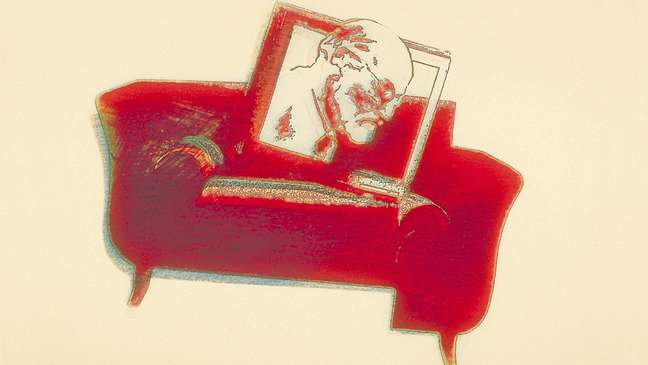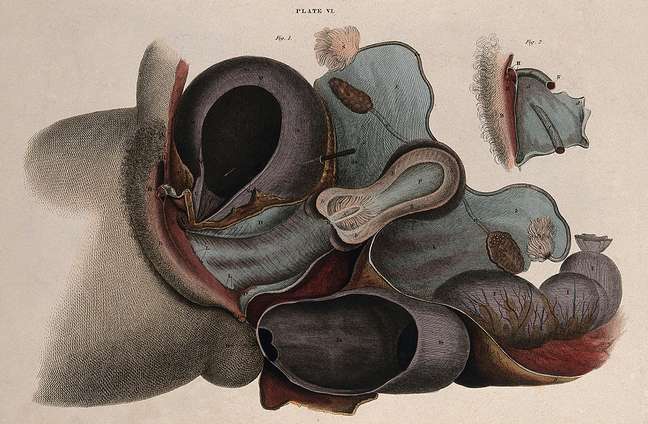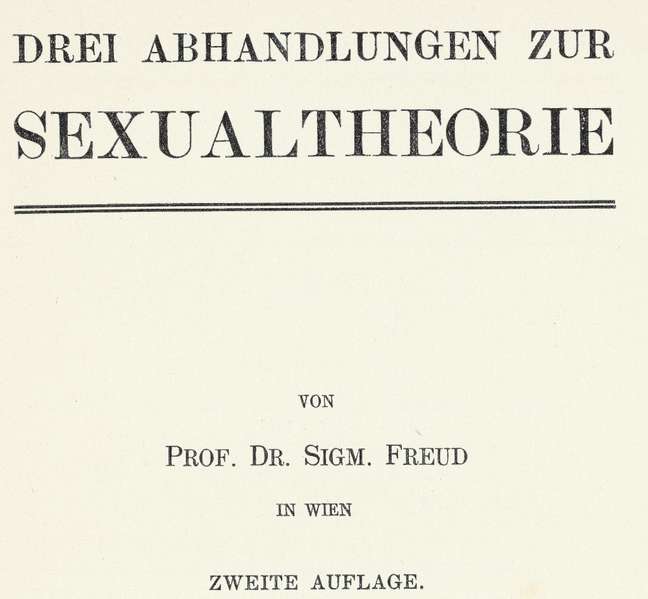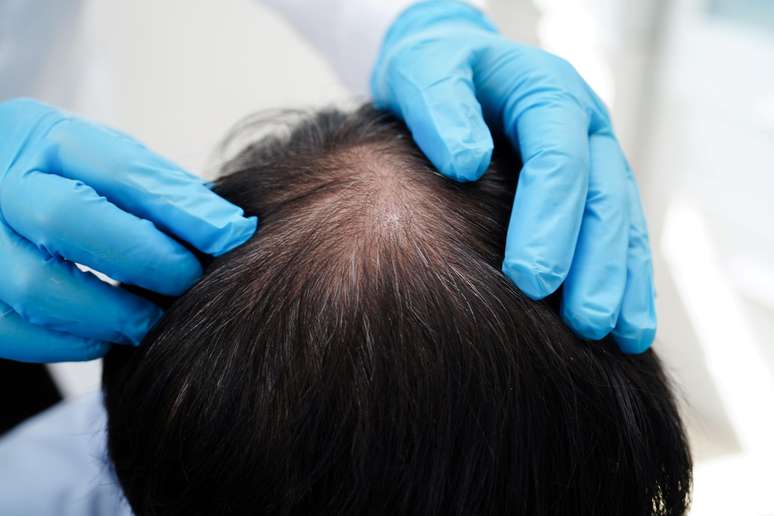In the classic ‘Three Essays on The Theory of Sexuality’, the “father of psychoanalysis” decreed which were the “correct” orgasms, a label adopted by doctors for decades.

In the same year that the German Albert Einstein (1879-1955) published his revolutionary Special Theory of Relativity (or Special Theory of Relativity), the Austrian Sigmund Freud (1856-1939) launched his theory of female orgasm.
That of the father of modern physics has revolutionized our understanding of the cosmos; that of the father of psychoanalysis has unleashed a storm.
In his work “Three Essays on The Theory of Sexuality”, published in 1905 and revised several times until its final edition in 1925, he decreed that the female pleasure and orgasm of a healthy, mature woman were centered in the vagina.
Freud knew that many women came through a small but ultra-sensitive organ known as the clitoris.
In the 19th century, several male experts had debated about the role the clitoris should play in female sexuality, among other things because many were concerned that its manipulation could lead women to excesses, such as compulsive masturbation or nymphomania, or the refusal of sexual intercourse. .
For Freud, these clitoral orgasms were immature, infantile, and evidence of a mental disorder.
Because?
The Austrian explained that, unlike men who from childhood had the same guiding erogenous zone – the glans, women began life with the clitoris as their guiding erogenous zone, but “in the process by which a girl becomes a woman, “ends up being transferred to the vagina.
“It often takes some time for the transfer to take place. During that time, the young woman is anesthetized (frigid, numb),” he said.
And he added: “In this change of the leading erotic zone, … lie the main conditions of women’s propensity to neuroses, in particular to hysteria.”

If a woman did not move her center of sensitivity to the vagina, she was labeled frigid.
This diagnosis of frigidity, defined as the absence of orgasm during intercourse, became the standard for defining normal female heterosexuality.
Marie Bonaparte, Napoleon’s great-granddaughter and Freudian disciple who helped introduce psychoanalysis to France, was so fascinated by her professor’s theory that she underwent three surgeries to bring her clitoris closer to her vagina in hopes of remedying her inability to have a vaginal orgasm. suitable “, even though Freud begged him not to perform the procedures.
intimate revelations
The Freudian point of view has dominated medical and psychoanalytic thought for decades.
As a result, countless women who had difficulty achieving orgasm when penetrated during sex (despite not having it when masturbating) were led to believe that their orgasms weren’t “real”.

Detail of the first edition of “Three essays on the theory of sexuality”.
In the 1950s, American sexologist Alfred Kinsey’s (1894-1956) research findings on female orgasm challenged Freudian orthodoxy.
Following interviews with over 18,600 men and women in which they revealed their innermost sexual secrets, Kinsey found that the vast majority of women who masturbated used clitoral stimulation.
Less than 20% included some form of vaginal penetration and only because they felt they had to.
Kinsey concluded that the insistence on vaginal orgasm was a reflection of men’s presumption “about the importance of male genitalia”.
However, the publication of his book Sexual Behavior in Women in 1953 was met with such rejection that the content of the work was quickly suppressed.
Therefore, neither that nor the direct comparison of Americans William Masters and Virginia Johnson (a pair of gynecologists who helped blow up the sexual revolution of the 1960s) with Freud’s views on frigidity in 1957 changed the situation of women much. .
It would be they themselves who would be in charge of challenging them.
Freudianism was one of the main targets of female writers; was attacked as a sexist by the French Simone de Beauvoir (1908-1986) in “The Second Sex” (1949), by the American Betty Friedan (1921-2006) in “The Feminine Mystique” (1963) and by the American Kate Millett ( 1963) 1934-2017) in “Sexual politics” (1970).
Feminists such as French feminists Monique Wittig (1935-2003) and Luce Irigaray denounced Freud’s obsession with female pleasure through the vagina as a ploy to subjugate women.
And the American Anne Koedt, in her article “The Myth of Vaginal Orgasm” (1968), argued that clitoral orgasm was, in fact, the only way women could achieve true orgasm.
He postulated that the high rate of “female frigidity” was actually a high rate of men’s ignorance of the anatomy of female orgasm and a desire to reduce women to prescribed social and sexual roles.
Many other members of this wave of feminism have explored the relationship between sexuality and domination.
If for Freud sex was the key to understanding man, for that legion of women it was the key to freeing them.
‘dark continent’
Vaginal orgasm is back in fashion with the “discovery” of the G-spot, a sort of erotic “pleasure button” first described in 1953 by a German doctor named Ernst Gränfenberg (that’s why it’s called the G-spot) and popularized in 1982 with the bestseller “Punto G”.

The existence of this erogenous area presumably located in the anterior vaginal wall is accepted by the population, but controversial in the medical literature.
A recent survey titled “G-Spot: Fact or Fiction ?: A Systematic Review” looked at 31 studies and noted that some consistently agreed on the existence of the G-spot, but there was no agreement on its location, size or nature.
“The existence of this facility has not been proven,” he concluded.
Already in 2014 the endocrinologist and sexologist Emmanuel Janni of the Tor Vergata University of Rome had published results aimed at putting an end to the discussions on the “thrilling G-spot”.
Female pleasure, as her research has shown, was not exclusively vaginal or clitoral, but was encapsulated in what is known as the clitoruretrovaginal complex, the concept that dynamic intercourse within the vagina, clitoris, and urethra can stimulate sexual release.
Science has also found that the ability to orgasm depends on neurology.
Despite the struggle for women’s liberation and scientific research, studies have found that heterosexual women are the demographic with the fewest orgasms during intercourse, which may be due to a lack of understanding of female anatomy.
Decades after it was postulated, remains of Freud’s discredited theory still remain, which for so long permeated the perception of female sexuality, although he himself apparently agreed not to really understand it, describing it as a “dark continent”.
– This text was originally published in http://bbc.co.uk/portuguese/geral-62029928
Source: Terra
Benjamin Smith is a fashion journalist and author at Gossipify, known for his coverage of the latest fashion trends and industry insights. He writes about clothing, shoes, accessories, and runway shows, providing in-depth analysis and unique perspectives. He’s respected for his ability to spot emerging designers and trends, and for providing practical fashion advice to readers.







